Featured Photo Above:
Addie Joos Benefit Game, July 24, 1911
(Color Restoration by Chris Whitehouse of They Played in Color website)
Baseball History Comes Alive Now Ranked As a Top Five Website by Feedspot Among All Baseball History Websites and Blogs!
(Check out Feedspot's list of the Top 35 Baseball History websites and blogs)

Guest Submissions from Our Readers Always Welcome! Click for details
Scroll Down to Read Today’s Essay
Subscribe to Baseball History Comes Alive for automatic updates. As a Free Bonus, you’ll get instant access to my Special Report: Gary’s Handy Dandy World Series Reference Guide!
Wilbur Wood, Dick Allen, and the 1972 White Sox Photo Gallery
Click on any image below to see photos in full size and to start Photo Gallery:
Let’s Remember Baseball’s Rodney Dangerfield: Knuckleballer Wilbur Wood!
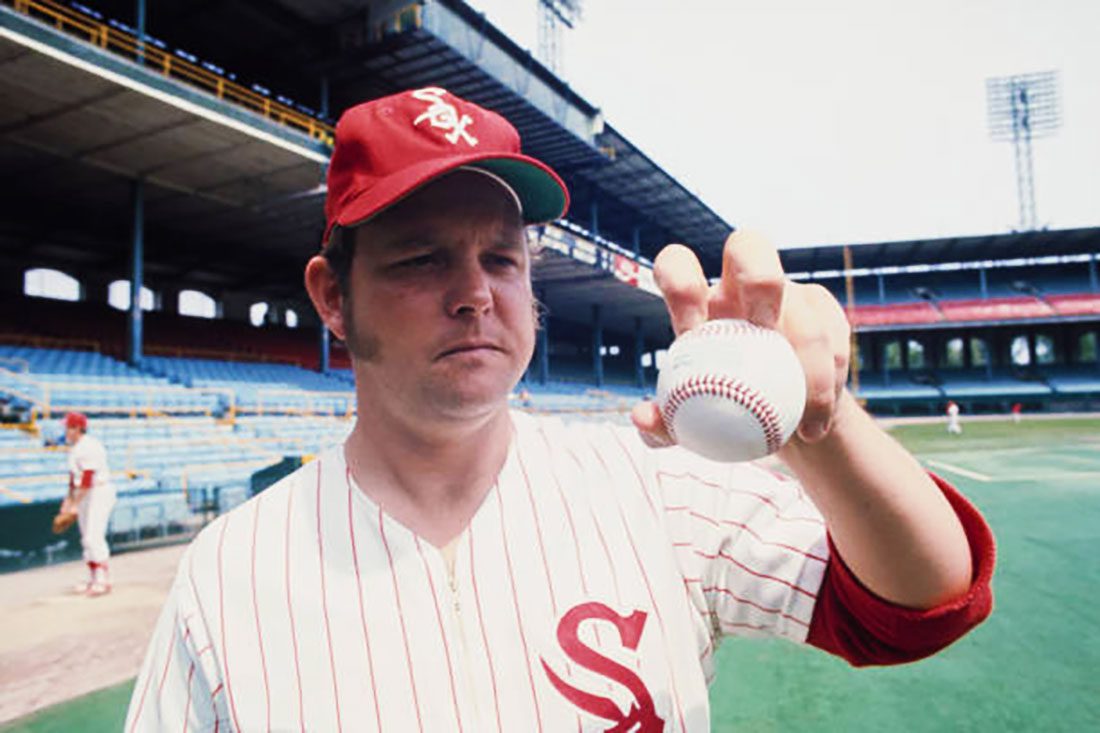
“Who did you say? Wilbur Wood? Yeah, I remember him. Wasn’t he one of those trick-pitch knuckleballers?
Be honest…Wasn’t that your first response when you caught sight of the title of this essay? Unless you’re a die-hard White Sox fan, you could easily be forgiven for taking a pass on this one. I have to admit that would have been my response, too. That is, until I read about Wilbur Wood in the outstanding book, Chili Dog MVP by David Fletcher, which recounts the White Sox’ magical 1972 season.
It was a year that elevated MVP Dick Allen into superstar status. Having lost 106 games just two years previously, this team came out of nowhere to challenge the Oakland A’s for the 1972 American League West Division title, falling just a few games short at the end largely due to the season-ending injury to slugger Bill Melton. Thanks to the exploits of Allen and a paunchy, knuckleballing teammate from Belmont, Massachusetts named Wilbur Wood, they almost pulled off an impossible dream.
Knuckleballers are the Rodney Dangerfields of baseball. They get no respect. Six-foot-five fireballers like Don Drysdale or intimidators like Bob Gibson are the ones that get our juices flowing. Maybe it’s because we tend to downplay the
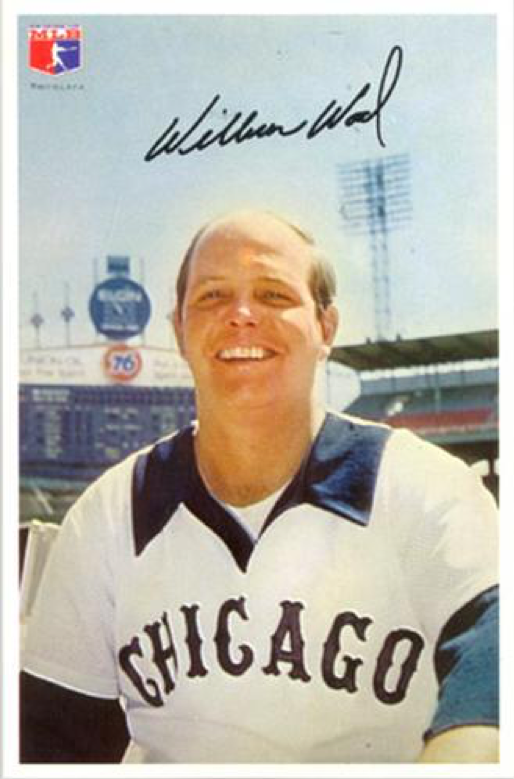
accomplishments of knuckleballers, thinking their success only comes from mastering a “trick pitch.” Maybe it’s because guys like Wilbur Wood, with his chubby physique and rapidly receding hairline, remind us of someone pitching in our Sunday morning church softball league. For whatever reason, Wilbur’s accomplishments in the ‘70s have never received the acclaim they deserve.
Edgar Munzel of The Sporting News offered this apt description of Wilbur Wood:
“There isn’t anyone in the major leagues…who looks less like a ballplayer. He’s a pot-bellied guy with thinning blond hair, blue eyes, and a pleasant round face. Soft-spoken with a distinct Boston accent, he has a sense of humor he would often display around teammates.”
I hope to convince you that Wilbur Wood was a pretty darn good pitcher, worthy of a few minutes of your time. Before I do, here’s a little background on Wilbur and his remarkable ascent to (overlooked) superstar status:
Wilbur had toyed with the knuckler earlier in his professional career, but never developed it into a staple of his repertoire. After making his major league debut on June 30, 1961 with the Red Sox, he spent five undistinguished years as a reliever. He was perceived as a marginal pitcher with good control but a not-very-intimidating fastball. Sensing that his career was at a standstill, he contemplated retiring and joining his father in the plumbing business back in Massachusetts. An outstanding year in 1966 at AAA Columbus convinced him to give his major league aspirations one more shot.
Fate was smiling on Wilbur when the White Sox purchased his contract on October 12, 1966. His career underwent a dramatic change as he came under the wing of two great mentors: first, knuckleball artist Hoyt Wilhelm; and later, legendary pitching coach Johnny Sain.
“When I got to Chicago, my record was poor and my fastball was a few yards too short. I told myself I was going to do anything. I needed to change, period. Being with Hoyt Wilhelm, it was pretty simple: Hoyt told me you either throw the knuckleball all the time or not at all. It’s not a part-time pitch. From that point, I just made up my mind up. I’m going to go out there and throw knuckleballs and then I’m going to throw more knuckleballs.”
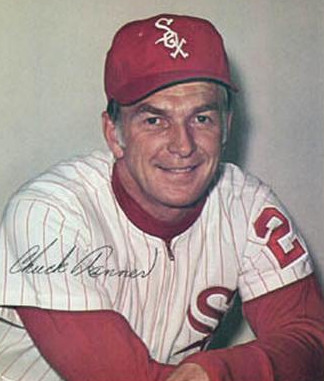
Under Wilhelm’s tutelage, Wilbur excelled in a relief role, including winning the 1968 “Fireman of the Year” award. In 1971, injuries forced Manager Chuck Tanner and Pitching Coach Johnny Sain to elevate him into the starting rotation, a move at which he initially scoffed. The turnaround was immediate and netted dramatic results.
(In the featured photo above, we see Wilbur Wood on the left, with Pitching Coach Johnny Sain and teammate Eddie Fisher. They’re demonstrating the knuckleball grip. But don’t be fooled: Sain admitted he knew nothing about the knuckler!)
Wilbur blossomed into one of the most effective pitchers in the game: 42 starts, seven shutouts, 334 innings, 210 strikeouts, 22 complete games, and an amazing 1.91 ERA while giving up only 62 walks, a truly remarkable stat for a knuckleballer. His WAR (Wins Above Replacement) was, to put it mildly, off-the-charts. According to Sabermetrics, any WAR around eight or above is considered an MVP-caliber season. Wilbur logged in at 11.3.
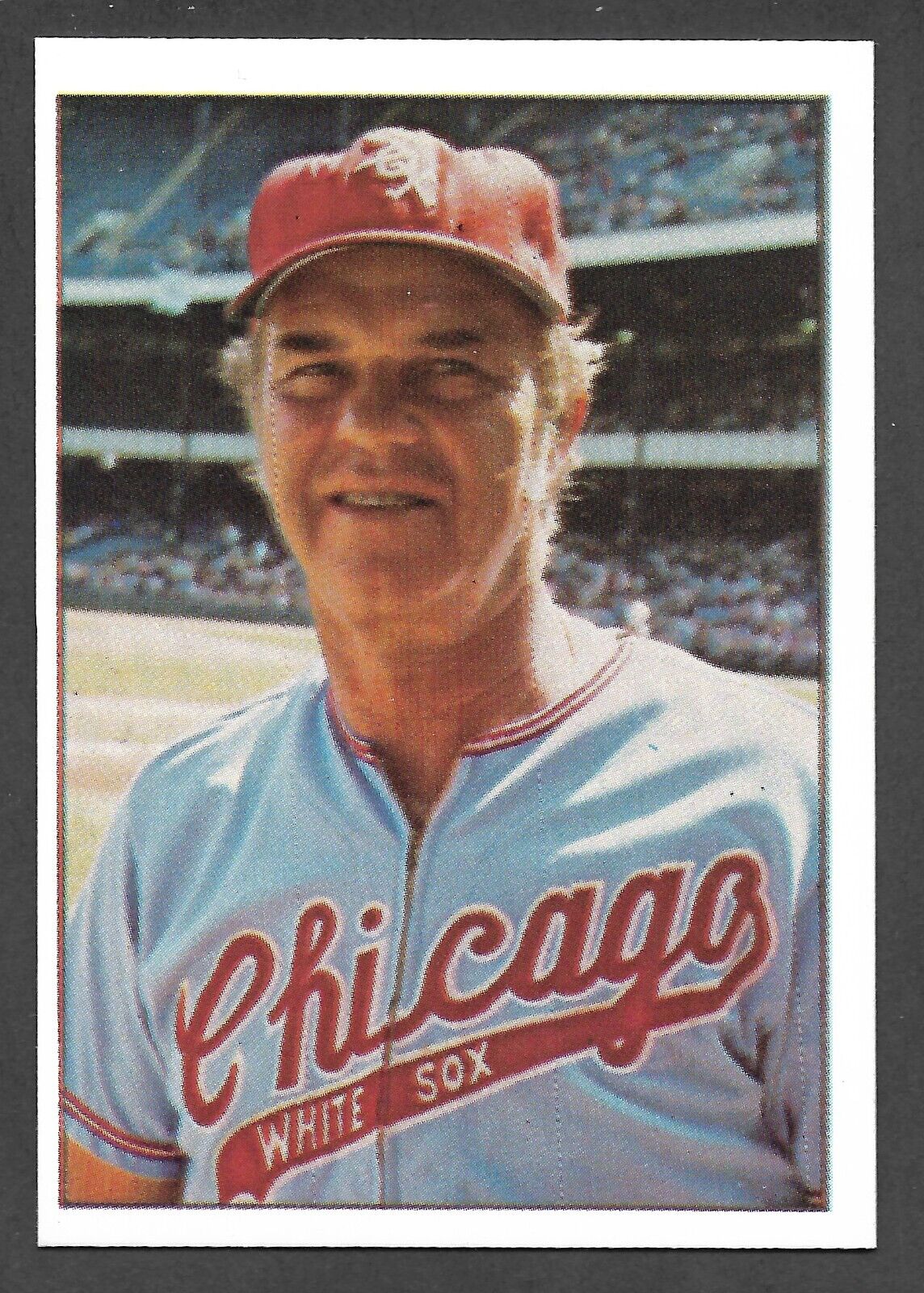
The following season, 1972, injuries to Bart Johnson and Joel Horlen forced the White Sox to go to a three-man rotation consisting of Wood, Stan Bahnsen, and Tom Bradley. It was Johnny Sain who convinced Wilbur to pitch on just two days’ rest, which he did an astonishing 28 times. Wilbur put up incredible numbers for the second straight year: 49 stars, eight shutouts, 24 wins, 2.51 ERA, and WAR of 10.3. Again demonstrating his remarkable control, he faced 1490 batters and averaged only one walk every 20.3 innings. According to author David Fletcher:
“Wood’s 376 2/3 innings in 1972 were the most in the American League since Big Ed Walsh’s 393 in 1912. His 49 stars not only tied the 63-year-old White Sox mark, it was also only two fewer than Jack Chesbro’s 51 for the 1904 Yankees.”
I hope I’ve at least convinced you that old Wilbur was a pretty good pitcher. Now let’s examine his period of dominance: 1971 to 1974.
Wilbur Wood was arguably the best pitcher in the majors during this time with four straight seasons of 20 or more wins, leading the American League with 24 wins in 1972 and 1973. His 90 wins during this span (23 average) were the most by any pitcher in either league.
But that hardly tells the complete story. In this four-year span, he pitched more innings than anyone. He was a throw-back to the Dead Ball Era days of pitchers like Christy Mathewson, Eddie Planck, and Chief Bender. His 1390.1 innings, averaging 348 per year, seem otherworldly to us, with league-leading totals of 376.2 and 359.1 in 1972 and ’73 respectively. He averaged 45 starts, 193 strikeouts, 21 complete games, five shutouts, and a 2.86 ERA.
It gets even better. His 1971 WAR of 11.5 bested Cy Young Award winner Vida Blue’s nine. Based on this WAR alone, Wood’s 1971 season is considered one of the best in major league history since 1920, as there have been only 22 seasons in which a pitcher generated a WAR of 10.0 or higher. Also hard to believe is that only seven pitchers have done it twice, elite Hall of Famers all…except, of course, for underappreciated Wilbur Wood: Bob Gibson (1968-’69), Randy Johnson (2001-‘02), Sandy Koufax (1963, 1966), Steve Carlton (1972, 1980) and Tom Seaver (1971,1973). You can add baseball’s Rodney Dangerfield to this list: Wilbur Wood (1971-’72).
During his 17-year career, the three-time All-Star led the league in many categories, including appearances, games started, games finished, innings pitched, batters faced, wins, and inducing ground ball double plays. He had scoreless streaks of 29 and 29.2 innings. He twice started both games of a doubleheader. He finished his career at 164-156 with a 3.24 ERA.
Pitching coach Johnny Sain wasn’t buying any of the slights about Wilbur’s athletic ability or his mental toughness:
“What they call natural ability is standing six-four and being able to throw a ball 100 miles per hour. Well, it turns out that Wilbur has as much God-given ability as any man I’ve ever met. Wood’s success rested as much on his mental preparation as physical abilities. He had tremendous poise and perfect temperament. He never gets rattled.”
The drop-off in Wilbur’s career came quickly. In 1976, he took a liner off the bat of Ron Leflore that shattered his kneecap. When he returned in 1977, he wasn’t the same pitcher. He seemed gun-shy to pitch inside, perhaps fearful of taking another shot. He hung around for four more uneventful seasons and was out of the game by 1979.
Now 81 years old, Wilbur still resides in the Boston area, where fishing, gardening, and cooking are his hobbies.
So today we gladly shine our baseball spotlight on Wilbur Wood, an often-overlooked knuckleball specialist who, for the four year span 1971-1974, put up numbers that placed him among baseball’s elite. As baseball’s “Everyman,” Wilbur proved you don’t have to be a 6’4” fireballer to excel in this game. Grit, determination, and mental toughness often count just as much. And Wilbur had those in spades.
Gary Livacari
Subscribe to our website, “Baseball History Comes Alive!” with over 1200 fully categorized baseball essays and photo galleries, now rapidly closing in on the one million hits mark with 984K hits and over 800 subscribers: https://wp.me/P7a04E-2he
Sources; Background information and quotes from Chili Dog MVP, by Dr. David Fletcher (Eckhartz Press, 2021); the Wilbur Wood Wikipedia page; and the Wilbur Wood page on Baseball-Reference.
Photo Credits: All from Google search
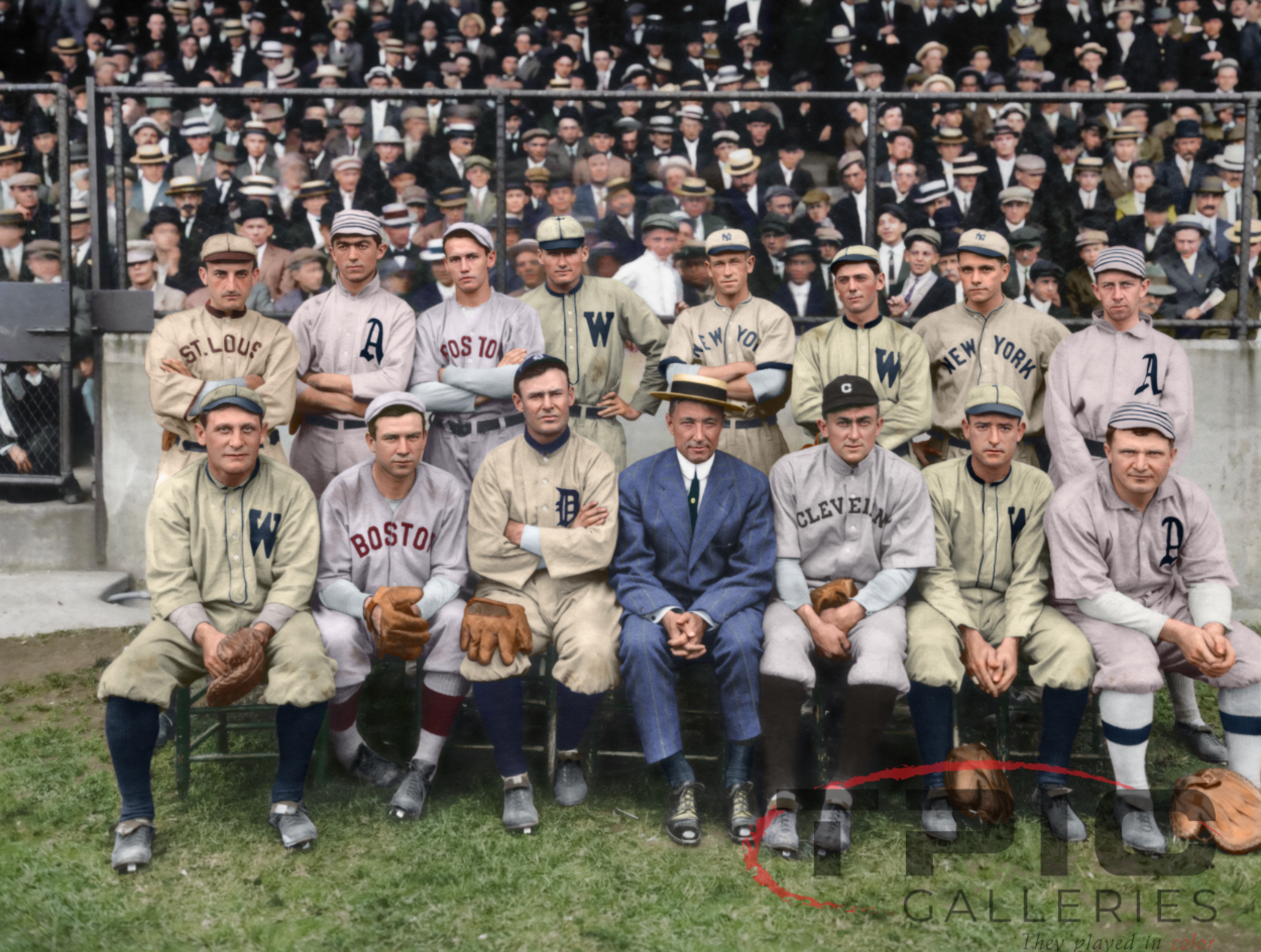
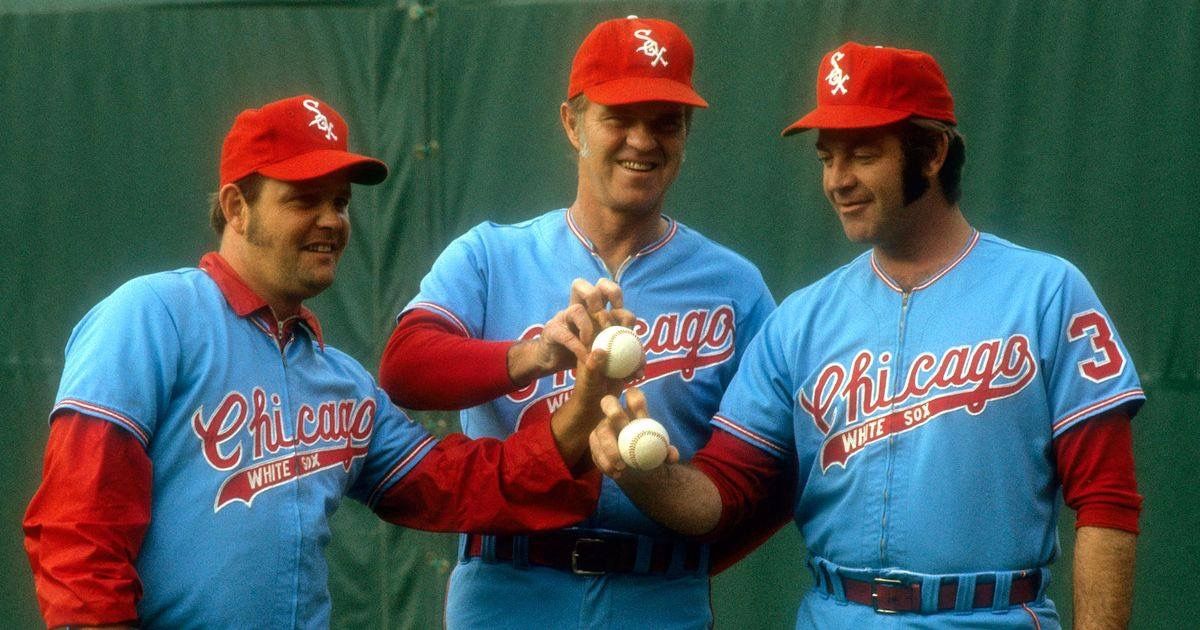
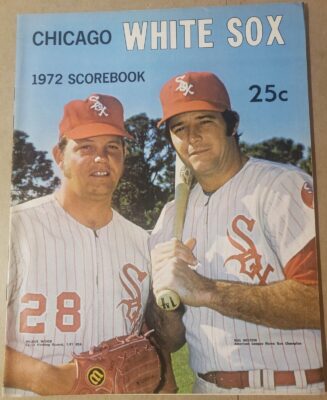
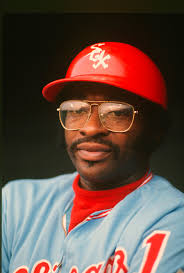
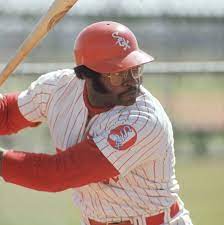
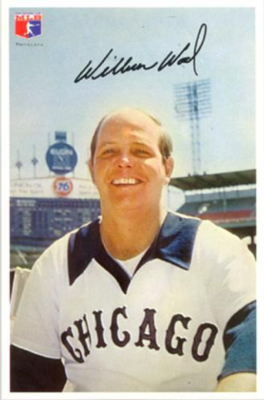
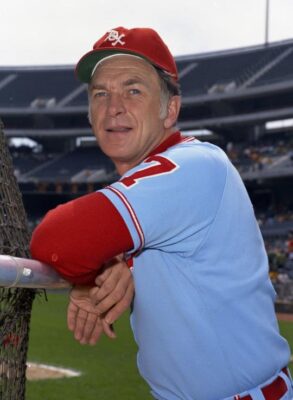
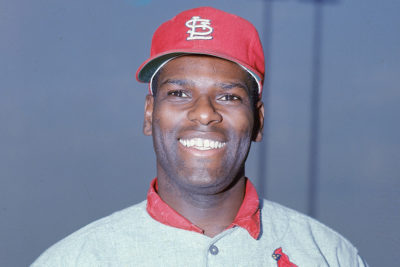
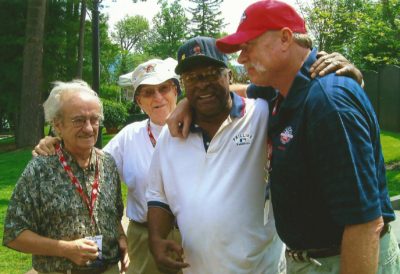
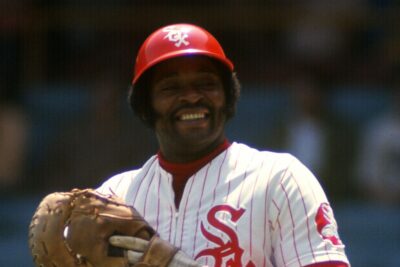
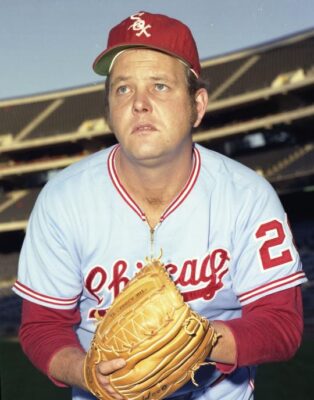
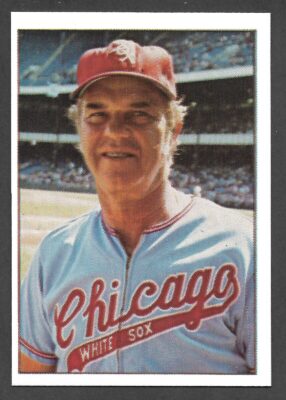
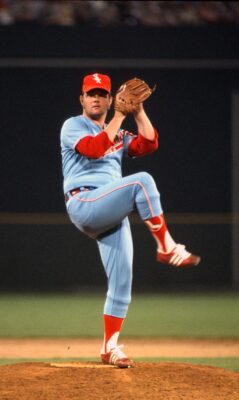
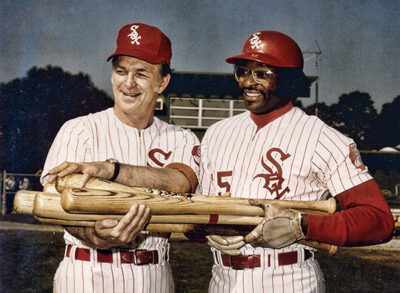
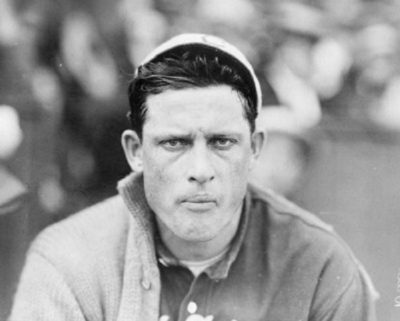
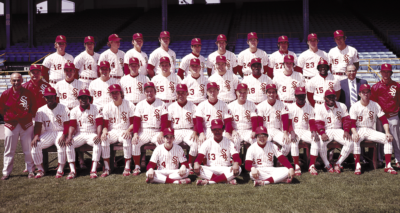
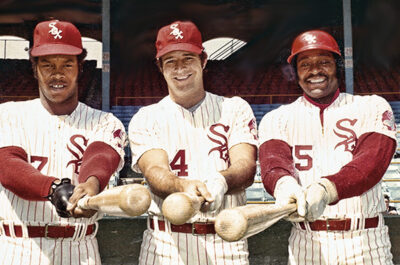
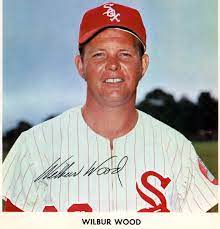

Wilbur is worth more than just a few minutes of our time. You don’t have to be a die-hard Sox fan to remember how great he was. Thanks for the trip down memory lane!
Thanks Mike. By the way, I’m going to be featured with a voice segment in a Cub history documentary on Monday, Memorial Day. It’s called “Cub Flicks” and narrated by Pat Hughes. It’ll air on the Cubs’ Marquee station after Monday’s game. I also did the player identifications for the documentary. Hope you get a chance to watch it. My 15 minutes of fame!
I made him my first pick on my Stratomatic league since he could pitch well every 3 days!!!
Good pic!
You should do an interview with Hal Richmond the Inventor of Stratomatic. The biggest fanatics are Strat guys. I’ve been playing for 58 years!!
He was a joy to watch. Many thanks for this post!
You bet, Kerry…glad you liked it. As a Northside Cub fan back then, I didn’t pay much attention to him, and boy, do I regret that now!
Thnx for highlighting one of the WSox guys, Gary. Yes indeed, Wilbur had an illustrious, albeit too-brief career with my Palehose. The nickname given to the Yankees’ Tommy Heinrich also suits Wilbur perfectly : “Old Reliable”. Regarding Wilbur’s “stocky” physique; it’s good to know that the game that we love can be played {and played well} by anyone of any size and any stature. The former Phillie & Padre John Kruk summed it up best; when he once said : “You don’t have to be 6’2″, 180 to play this game….just look at me”. Hahaha. Congrats are in order to you Gary; for your participation in tomorrow’s Cubs segment. So, a hearty “hip-hip-hooray” for you, amigo ! Also, congrats to Mr. Hughes for his induction into Cooperstown. {Recently, I read a nice article about him in the current issue {May-June ’23} of Baseball Digest. Always enjoy digging into the BHCA content. “Play Ball” !!
Thanks Tom!
Great story. I had forgotten how short Wood’s run was and that it started with the Ron Leflore injury. Reminds me of Herb Score of the Cleveland Indians.
Thanks Jay…I really wish I had paid more attention to the White Sox in the early ’70s during the Dick Allen-Wilbur Wood- Bill Melton days. Feel now like I missed a lot.
Thanks Gary for another good one. I remember Wilbur Wood pitching both games of a doubleheader – twice!
Interesting interview with him in Sports Illustrated from 2019.
https://www.si.com/mlb/whitesox/history/a-conversation-with-wilbur-wood
Thanks a lot Mark. And thanks for the article…just read it and it was great!
You have a picture of a player who you name Carlos Lee. It was Carlos May. An upcoming star whose thumb was blown off when he was on his 2 week army reserve duty, basically, ending his career.
Yep, you’re right…thanks!
Carlos May played for 8 years after his injury!
Thanks Jay…I as thinking about that too.
There you go again, Gary! Entertaining our Sox off.
Your superb profile of WW reminds me somehow of The Ol’ Perfesser’s crack about Eddie Lopat, who without benefit of a knuckler threw slow, slower and slowest for Casey Stengel’s world champion Yanks of the early ’50s: “He looks like he’s throwing wads of tissue paper. Every time he wins a game, fans come out of the stands asking for contracts.”
Best of luck tonight, Sir! Wish I could listen in.
Thanks for the kind words about Wilbur, Michael (my favorite “new” author!) My “15-minutes of fame” came and went without a lot of fanfare, so you didn’t miss much. Was just grateful to be given the opportunity (even if Pat Hughes mispronounced my name!)
Not the first time you’ve sent me to the record book, Mr. L. Great job in pointing out how phenomenal Wood was in the early 70’s on a number of levels. I was clueless.
Hoyt Wilhelm had a nifty 2.52 career ERA, and for seven consecutive seasons (’62-’68), posted earned run averages under 2.00, six times. But his highest WAR was 7.6 in 1959. Hoyt was never close to that number again, and that number wasn’t close to Wilbur’s Wins Above Replacement !
Wilhelm said he threw his knuckler right down the middle on every pitch. He said seven out of 10 broke down and away, and three of 10 broke up and in. Hoyt never knew which seven or which three.
.
Bouncing off Master Keedy: Tommy Henrich visited the Westfield NJ Lions Club when my dad was president, in the early-50’s. In the wee small hours Henrich stated, “Bill, Eddie Lopat literally cannot break a pain of glass!”
Nice remembrance…thanks!
I’ve sent links to this article to the White Sox front office and also to his daughter Wendy. I’m hoping one or the other will get the article to Wilbur. I think he’d enjoy seeing the nice support he has from true baseball fans. Last time I checked, it had over 2.4K “likes” on facebook!